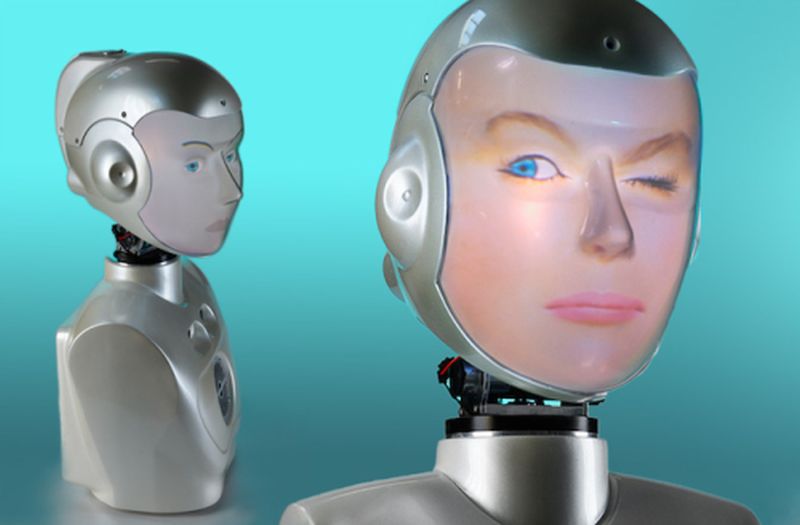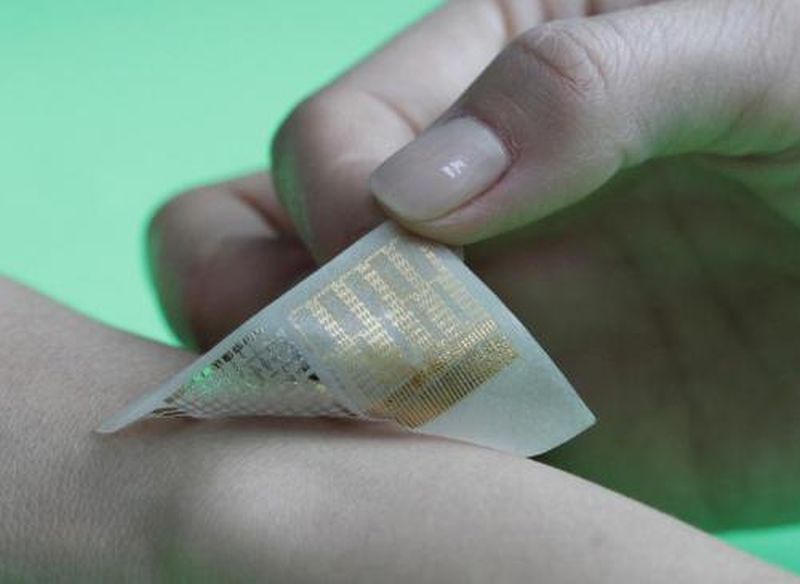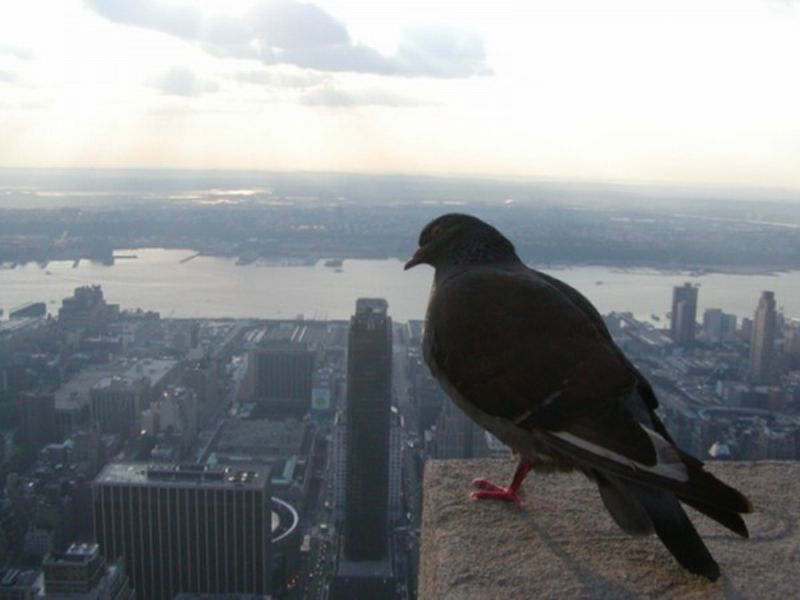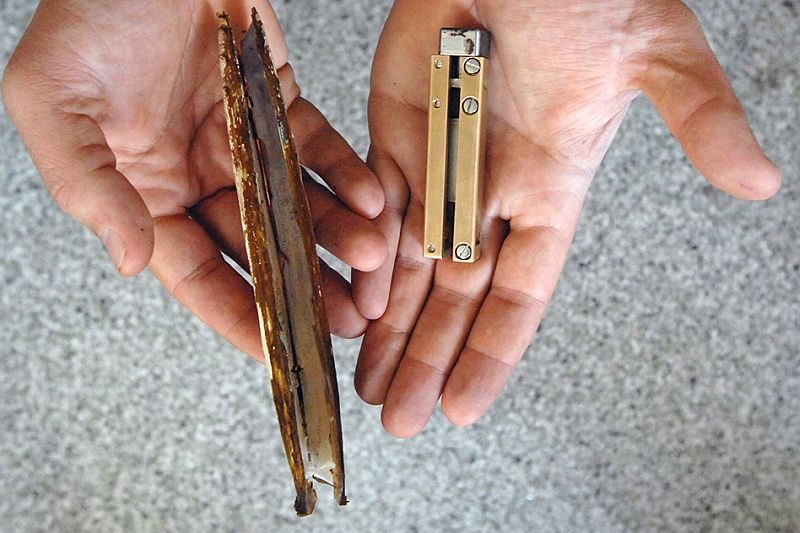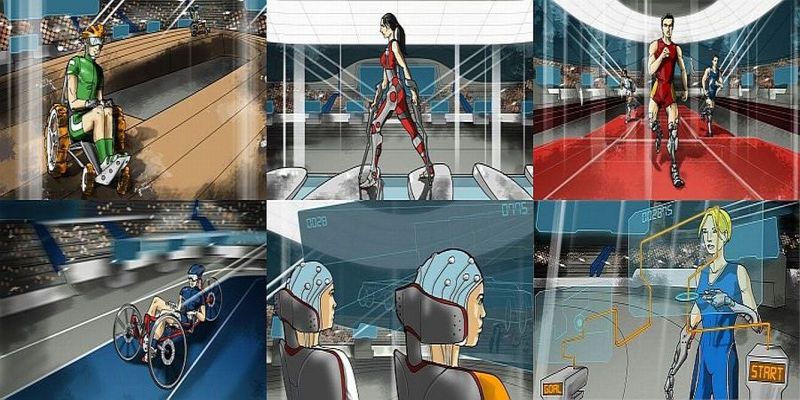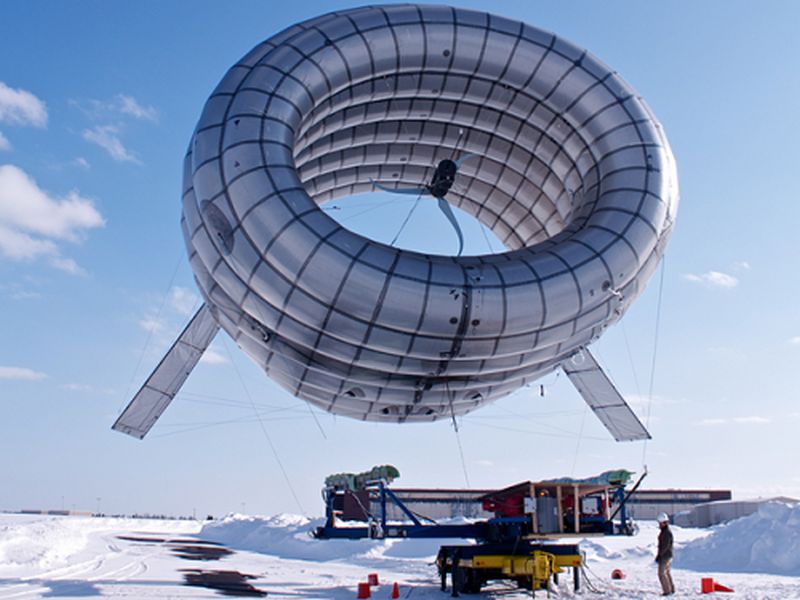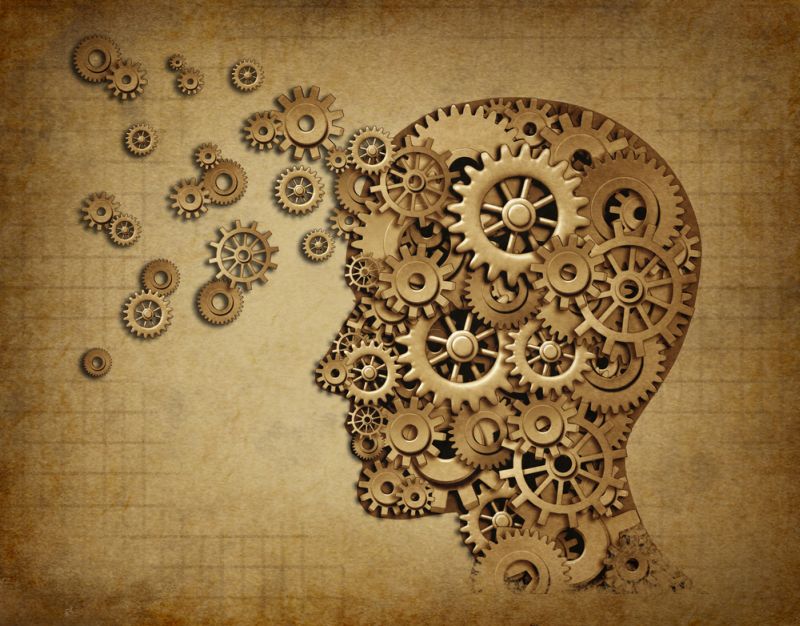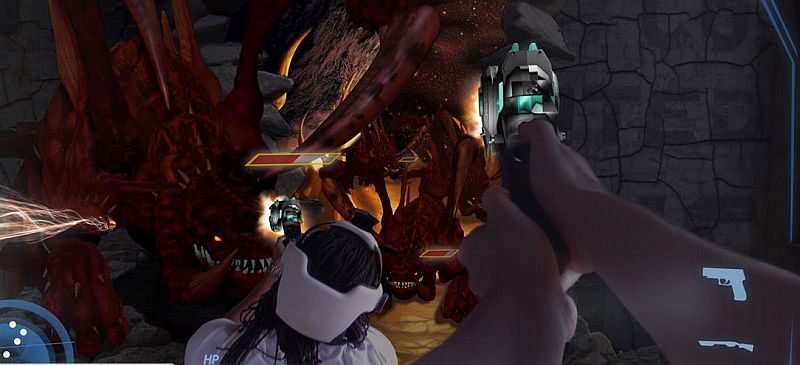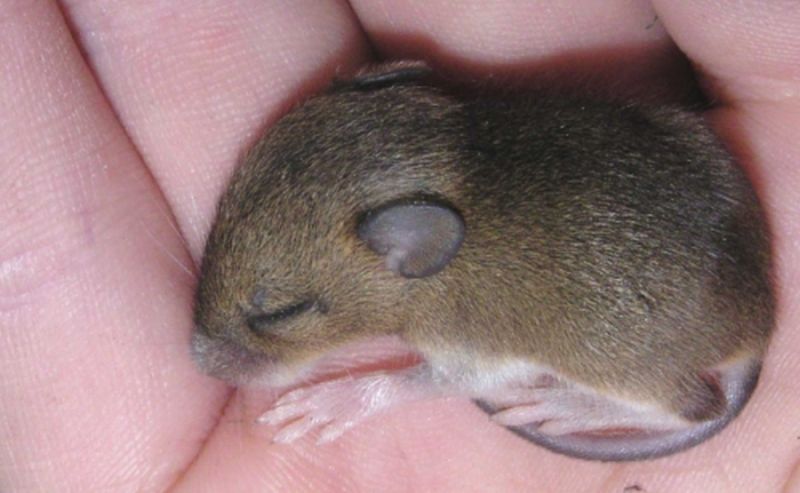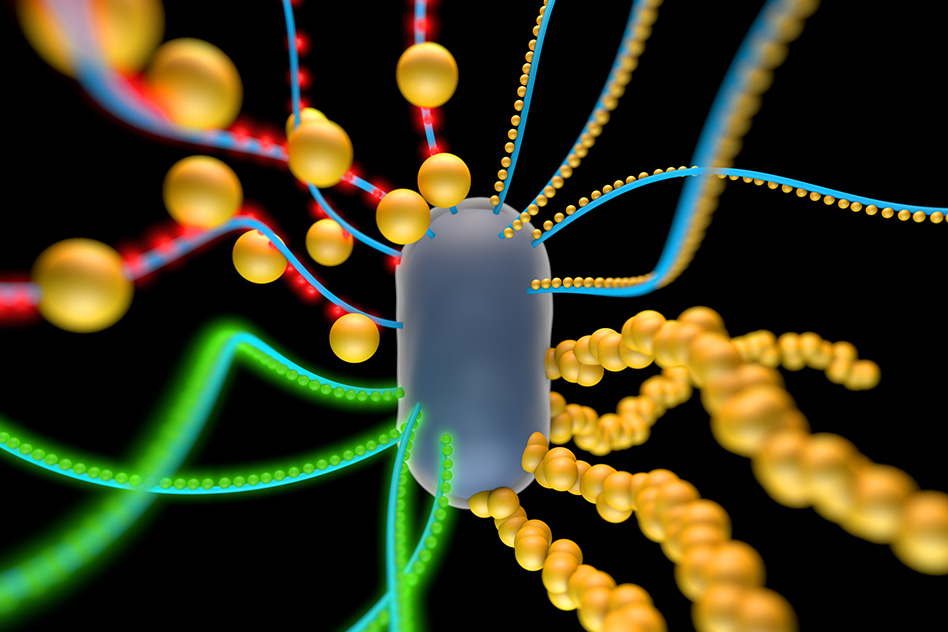Will Jackson and his team of researchers at Engineered Arts in Penryn, UK, have developed an interactive, one of its kind bot known as SociBot-Mini. The robot distinctive attribute is its face that is capable of displaying distinct moods and can react to expressions of individuals looking at it.
Read MoreMonth: March 2014
Plaster to Release Medicine Below the Skin
A team of medical engineers from South Korean have developed a plaster which, when applied to the patient’s skin similar to regular band aids, discharge medicine below the skin. But unlike the normal band aid used for minor cuts and bruises, the plaster engages more complex and advanced technology, which enables it to monitor the activities of the muscle and accordingly discharges the required quantity of medicine and even decide when it is needed to stop.
Read MoreDark Plumage helps in Flushing out Toxic Metals
Just like humans, animals living in urban areas are constantly prone to metal intoxication. In France, a team of researchers studying the level of metal intoxication in birds have found a strange relation between the color of the plumage and the level of metal toxin in the bird’s body. They observed that the birds with dark shade plumage were better at getting rid of metal toxin from their bloodstream.
Read MorePandas Have A Functional Sweet Taste Receptor
The popular known fact that bamboo is the only food that panda exclusively feeds on, is not true. Researchers from the Monell Center have found that the panda has also liking for sweet food. The research, based on panda behavior and molecular genetics reveals the presence of taste receptors and confirms that the panda has a strong liking for natural sweeteners as fructose and sucrose.
Read MoreBiomimicry: RoboClam Replicates Atlantic Razor Clam’s Dynamics
Biomimicry: RoboClam Replicates Atlantic Razor Clam’s Dynamics In order to understand the efficient workings of flora and fauna, scientists always try to emulate nature’s wisdom, to which they call biomimicry. In one such attempt, researchers at the Massachusetts Institute of Technology have created RoboClam that digs itself into the soil to annihilate mines and to bury anchors. Atlantic razor clam (Ensis directus) has a stiff shell yet it is able to thrust itself through soil with a rate of 1cm/s. It’s been long since researchers were working upon the mechanism as…
Read MoreGoat’s Intelligence Was Underestimated
When we talk about intelligence in the animal kingdom, animals like chimpanzees, dolphins or crows are the first one to come across our minds. But it’s time to get over them, because as per the latest research, common goats are way more intelligent than formerly believed.
Read MoreCybathlon 2016: The Championship for Robot-Assisted Parathletes
ETH Zurich in collaboration with the Swiss National Competence Center of Research in Robotics have attempted to take Paralympics to the next level by coalescing the conventional prosthetics with robotics. There has already been an incremental improvement with the equipments being employed by the players in the Paralympic Games including but not limited to prosthetic limbs and swimsuits. If we talk about the props like bows & arrows, cycles, wheels, we would agree that taking these equipments to the higher level of proficiency is not a difficult job than enhancing…
Read MoreAltaeros’ Buoyant Airborne Turbine: Floats at High Altitude
We visualize wind turbine as tall tower with a huge fan mounted on it and fixed at some distant place. But we might have never imagined a wind turbine that floats in the air. Does it sound like a sci-fi movie subject? Surprisingly, it’s a reality being developed by MIT startup Altaeros Energies and will be seen floating in the sky above the city of Fairbanks and the power so generated will be used to power remote military sites and families residing off the grid that usually depend on expensive…
Read MoreBrain Mechanics Still a Debatable Issue
Humans in their entire life come across thousands of people. And they relatively recognize and remember all of these individual faces, thanks to the extraordinary brain for the same. But the mechanism behind this ability of the brain is still an issue for debate among the scientists. There are two hypotheses proposed by the researchers explaining how humans acquired this ability. One group of researchers suggests that the brain has specialized mechanism, exclusively for faces. Whereas the other group put forward the belief (expertise hypothesis) that the identification of any…
Read MoreVirtual Environment gets converged with Real World: The Sulon Cortex
Running against the walls of the physical reality is one of the major huddles while being into the world of gaming in the virtual reality. Sulon Technologies, a Canadian based startup delved into the issue and pioneered a new spirit into the visual immersion system by their latest concept to which they call the Cortex.
Read MoreFAT10 Gene in Mice Associated to Body Fat And Ageing
In a latest research, scientists have identified a gene which synchronizes the immune system and metabolism of the body. And the study conducted on mice shows that eliminating the gene results in increased longevity and less body mass.
Read MoreJuxtaposing Living and the Nonliving Worlds Together: Materials Synthesis
So far, we have seen robots inspired from the best of biomimicry. Researchers have often looked upon nature to solve problems. At the same time, there are certain natural tendencies, which engineers are still trying to figure out the way towards artificially re-invention and one of them is ‘bone’. Bone is one of those natural materials that require no supervision, yet it fabricates material in response to environmental signals. In order to understand this phenomenon, researchers at the MIT, have tried to juxtapose living bacterial cells with non-living substance like…
Read MoreClimate Change Slowing The Deep Ocean Currents
We recently covered an article explaining the vital role of the oceans in the global carbon cycle and the process in which oceans accumulate, transport and convert carbon molecules. But according to a recent research carried by Irina Marinov and Raffaele Bernardello from University of Pennsylvania and colleagues from McGill University, says that climate change is slowing down the deep ocean currents and can adversely influence the climate in the future.
Read MoreActive Cancellation of Tremor to Combat Essential Tremor
In another health technology breakthrough, scientists have successfully managed to design and manufacture a shake cancelling device. As essential tremor causing uncontrollable hand-shakes is a common disorder in older ages, scientists from the University of Michigan Health System conducted a study that evaluated a new device which cancels the effect of hand-shakes resulting from essential tremor. The device was developed by a team from the startup company Lift Labs. 15 adults living with essential tremor participated in a clinical trial to test the use of this spoon. Participants were better…
Read MoreNew Computer Vision System: Emotion Recognition
Everyone, in some point or the other in life, must have faked of being in pain or being ill, to escape from going school, college, office or so on. We humans are not always correct to distinguish a fake emotion from the genuine one. Lately, researchers have developed a computer system that can easily distinguish when an individual is genuinely in pain or is just faking it away more accurately than the humans.
Read More
